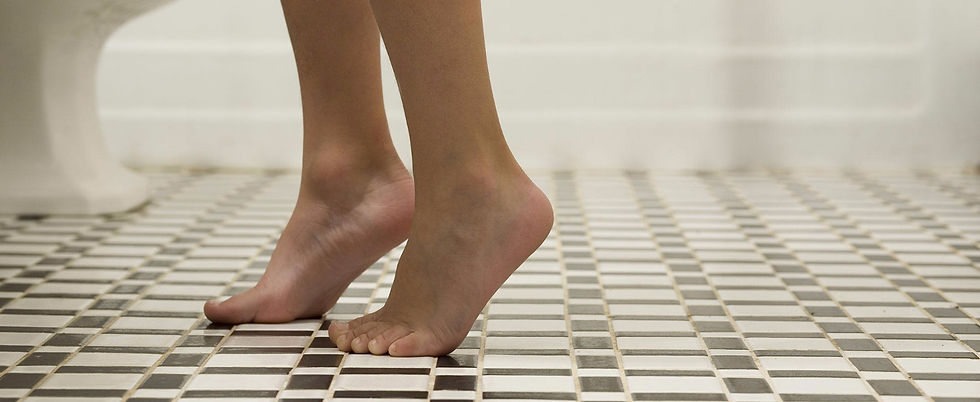Cheltenham 9583 4000
Frankston 8707 0830
Mt ELIZA 1300 776 055
There are a range of skin and nail conditions that the podiatrists at Base Podiatry are the primary foot health practitioners. We take pride in maintaining your ongoing foot care to ensure you keep fit, active and healthy.

FUNGAL NAILS
Thickened and Discoloured Nails

CORNS AND CALLOUS
Areas of friction and pressure
Toe nail fungus (or nail rot) is caused by a type of tinea that can infect nails. A common reason why nails become infected is from trauma which creates an area for the fungus to opportunistically enter. The first thing to differentiate is if the thickened nail is due to trauma, fungal infection or a combination of both.
Treatment can consist of topical ointments applied daily/weekly, thorough debridement and reduction of the infected nail and in certain cases oral medication. Any form of topical or oral medication needs to be used diligently and for 6-12 months as the new healthy nail regrows.
Callous and corns are different forms of thickened dry skin that occur due to friction or direct pressure.
Corns are a pebble like mass of hard skin that are generally caused by direct pressure. Tight footwear, bony prominences and clawed toes are common causes. Commonly found in between toes and on the toe joints.
Callous is the hard dry skin formed by friction from shoes or the way your foot functions. Dry cracked heels and callous under the balls of the foot are common and can be treated effectively by the podiatrist. Addressing the cause of the callous or corn can help reduce it's reoccurence.

INGROWING TOE NAILS
Conservative and surgical management options
Ingrowing toenails develop for a number of reasons. Incorrect nail cutting, tight or inappropriate footwear or direct trauma. There are people that have a tendency to develop painful ingrowing toenails due to their family's nail shape (hereditary).
Treatment for ingrowing toenails can be conservative, involving reduction of the offending nail edge/spike and packing the side of the nail to aid correct growth. More severe cases that may be inflamed, infected or continue to develop may require a minor surgical procedure to remove the offending portion of nail and prevent it from regrowing. This is performed at the clinic by the podiatrist under local anaesthetic.
Ask your podiatrist for the best option for treating your ingrowing nails.

PLANTAR WARTS
Also known as Pappilloma or Verrucae
Plantar warts are caused by the human papilloma virus (HPV). This causes a raised corn like lump on the surface of the foot that is can be very tender to touch. Plantar warts can be generally differentiated from a pressure callous or corn by the "squeeze" test. It is more common for plantar warts to be tender when squeezed rather that from direct pressure.
Mark can advise on the most appropriate treatment for your plantar wart. Multiple warts on one or both feet can be treated effectively by a form of needling to promote the bodies own immune system to fight off the virus. Other treatments can involve the use of cryotherapy or acids to burn through the layers of the wart tissue.
Ask your podiatrist which treatment would be suitable for you or your child.




